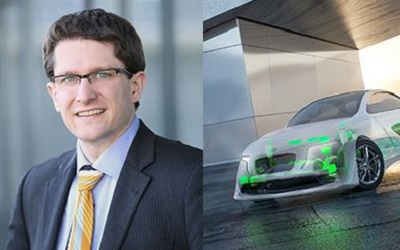
Using the Logical Execution Time (LET) paradigm, Dr Sebastian Ohl showcases a solution using a high-performance ADAS system and a safety ECU running AUTOSAR Adaptive and Classic.
Summary
Next-generation vehicles with independent processing blocks allow the easy re-use of cause-effect chains. However, given this functionality is no longer bound to an electronic control unit (ECU), placing processing blocks on ECUs becomes increasingly challenging.
Key topics and takeaways:
- The LET-paradigm provides an effective implementation of cause-effect chains
- Cause-effect chains help define system behavior independently of ECU deployment
- Usage of LET can be achieved with EB’s infrastructure products with minimal changes
- LET can support the transfer from single-core to multi-core ECU applications
- Following the LET-paradigm eases scheduling changes on a system level
Resource type
Webinar recording
Related content
Product line for Classic AUTOSAR: EB tresos
Classic AUTOSAR training course: Classic AUTOSAR training
Product line for Adaptive AUTOSAR: EB corbos
Classic AUTOSAR training course: Adaptive AUTOSAR training



